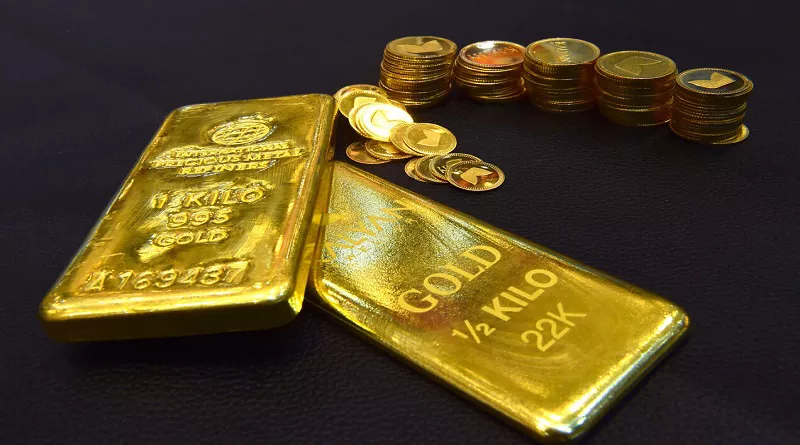Gold has been a symbol of wealth, prestige, and cultural significance for centuries, captivating the human imagination with its lustrous appeal. Amidst the various types of gold available in the market, 916 gold stands out as a unique and highly sought-after variant. In this article, we will delve into the world of 916 gold, exploring its composition, cultural significance, and why it remains a popular choice among jewelry enthusiasts.
Understanding 916 Gold:
916 gold, also known as 22-karat gold, is a gold alloy that consists of 91.6% pure gold and 8.4% other metals. The alloying process is crucial in determining the metal’s hardness, durability, and color. Commonly used metals in the alloy include copper and silver. The addition of these metals not only enhances the gold’s durability but also imparts distinctive color variations, ranging from a warm yellow to a reddish hue.
Composition and Purity:
The purity of gold is measured in karats, with 24 karats being the purest form. As 916 gold contains 22 parts pure gold out of 24, its purity is denoted as 22K or 916. This high gold content makes 916 gold an excellent choice for crafting intricate jewelry pieces, ensuring a balance between purity and durability.
Durability and Alloying Elements:
The inclusion of alloying elements, such as copper and silver, serves a dual purpose. Firstly, it enhances the gold’s strength, making it suitable for intricate designs and everyday wear. Secondly, the alloying elements influence the color of the gold, giving jewelers the flexibility to create a spectrum of hues. While copper adds a reddish tint, silver imparts a paler, yellowish shade.
Cultural Significance:
Gold has transcended its monetary value to become an integral part of various cultures and traditions. In many societies, gold is associated with prosperity, good fortune, and auspicious occasions. 916 gold, with its high gold content, holds particular significance in weddings, festivals, and religious ceremonies. It is often chosen for crafting traditional jewelry pieces that symbolize wealth and cultural heritage.
Craftsmanship and Design:
The malleability of 916 gold makes it an ideal choice for intricate designs and detailed craftsmanship. Jewelry artisans often prefer this alloy for creating elaborate patterns, filigree work, and other design elements that require precision. The ability to mold 916 gold into fine details allows for the creation of timeless pieces that showcase both artistry and luxury.
Investment Value:
While 916 gold is primarily favored for its aesthetic appeal, it also holds intrinsic value as an investment. The high gold content ensures that the metal retains a substantial market value. Many investors and collectors view 916 gold as a tangible asset, a form of wealth that can be passed down through generations. Its dual nature as both a precious metal and a decorative art form contributes to its enduring popularity.
Caring for 916 Gold Jewelry:
To maintain the beauty and longevity of 916 gold jewelry, proper care is essential. Regular cleaning with a mild detergent and a soft brush can help remove accumulated dirt and oils. Additionally, storing jewelry in a cool, dry place and avoiding exposure to harsh chemicals and extreme temperatures can preserve its luster.
See Also: Why Are China And Russia Buying So Much Gold
Conclusion:
In the realm of gold, 916 gold occupies a special place, blending purity, durability, and cultural significance. As a choice for crafting exquisite jewelry pieces, it offers a perfect balance between the timeless allure of gold and the practical considerations of strength and longevity. Whether as a symbol of wealth, a cultural heirloom, or a personal adornment, 916 gold continues to captivate the hearts of those who appreciate the enduring beauty of this precious metal.


